In today's fast-moving business world, staying efficient is crucial. That's where business process management (BPM) tools step in. BPM means making workflows better and automated to improve productivity and flexibility.
Open Source BPM tools help organizations model, automate, manage, and improve their business processes using open-source tech. They streamline workflows, improve efficiency, and enhance collaboration across teams.
Plus, they're freely available for modification and redistribution under open-source licenses, providing an alternative to proprietary BPM solutions without vendor lock-in. In recent years, Open Source BPM tools have become popular for their cost-effectiveness and adaptability.
If you are interested in boosting your organization's efficiency and enhancing productivity, you must utilize these tools. If you don't know which tools to opt for, you are in the right place to learn more about these tools.
In this guide, we'll explore the top five open source BPM tools reshaping the way businesses manage their processes. From streamlining operations to fostering collaboration, these tools offer a range of features to meet diverse organizational needs.
Additionally, you will learn about Nected, an advanced low-code/no-code business process management tool, and why it's better than conventional BPM tools, enabling you to make informed decisions.
Not all BPMs are as useful as it seems
While business process management tools hold promise for transforming organizational workflows and boosting efficiency, not all the BPM solutions live up to expectations. Some BPM tools fall short due to various factors.
Complex interfaces, lack of support, and limited customization can all cause headaches. Integration with existing systems and scalability issues can also hold back progress. It's crucial for businesses to choose BPM solutions wisely to match their goals and needs.
Just getting a BPM tool isn't enough; you need to pick the right one and implement it carefully for success. The common differentiators among these tools are capabilities such as:
- Complexity: BPM tools can be complex to implement and maintain, requiring significant time and resources for training and support.
- Customization: Tailoring BPM tools to fit specific business requirements can be challenging and may require extensive development effort.
- Integration Issues: Integrating BPM tools with existing systems may pose technical challenges and require careful planning.
- Scalability: Some BPM tools struggle to scale effectively to meet the growing needs of organizations.
- Cost: While Open Source BPM tools offer cost savings, there may still be associated costs for customization, support, and maintenance.
BPM tools bring big benefits like process optimization and automation, even with challenges. Smart planning and management can make the most of these perks. To succeed with BPM, organizations need to evaluate needs, pick the right tools, and allocate resources wisely.
Here's a comparison table between open source and closed source BPM solutions:
|
Feature
|
Open Source BPM
|
Closed Source BPM
|
|
Cost
|
Free or lower upfront costs
|
Higher upfront licensing fees and ongoing costs
|
|
Flexibility
|
Highly customizable
|
Limited customization options
|
|
Support & Maintenance
|
Community support with additional resources
|
Vendor-provided support and maintenance
|
|
Integration Capabilities
|
May require additional development effort
|
Often comes with pre-built integrations
|
|
Security
|
Transparency with accessible source code
|
Vendor-provided security features and updates
|
|
Vendor Lock-in
|
No vendor lock-in
|
Dependency on vendor for updates and support
|
|
Advanced Features
|
Varies based on community contributions
|
May offer proprietary advanced features
|
|
Ease of Use
|
Can be complex to implement and manage
|
Typically comes with user-friendly interfaces
|
Now that you know what makes a good BPM tool, which tools should you opt for? Continue reading to know more about the best tools.
List of the Top 8 Business Process Management Tools
Looking to boost your business's efficiency? Our guide introduces the top 5 BPM tools: Bonita, Activiti, ProcessMaker, jBPM, and Modelio. Let's see how they can simplify your workflows and drive success!
1. Bonita
Bonita is a powerful BPM tool renowned for its comprehensive features and user-friendly interface. It offers a wide range of capabilities to streamline workflows and automate business processes efficiently. With Bonita, organizations can design, model, execute, and monitor workflows seamlessly.
Key Features
- User-friendly Interface: Bonita offers an intuitive, drag-and-drop interface, making it easy for users to design and model workflows without extensive technical expertise.
- Advanced Customization Capabilities: It provides extensive customization options, allowing organizations to tailor processes to their specific needs and requirements.
- Process Optimization: With advanced features for process optimization, Bonita helps organizations streamline operations, improve productivity, and enhance efficiency.
Pros
- Scalability: Seamlessly grows with organization, handling increasing complexity and volume without compromising performance or usability.
- Cross-platform Compatibility: Compatible with Windows, Linux, and macOS, offering deployment flexibility across diverse infrastructures.
Cons
- Performance Overhead: Implementing Bonita may strain system resources, especially for organizations with older hardware.
- Vendor Lock-in Risk: Reliance on proprietary extensions may limit flexibility and pose a vendor lock-in risk.
Here's a comparison table between Nected and Bonita based on various features.
|
Feature
|
Nected
|
Bonita
|
|
User-friendly interface for beginners
|
✓
|
✓
|
|
No-code workflow creation
|
✓
|
✗
|
|
Integration with multiple systems
|
✓
|
✓
|
|
Custom code integration
|
✓
|
✓
|
|
Real-time monitoring and alerts
|
✓
|
✓
|
|
Cloud-native support
|
✓
|
✗
|
|
Dedicated support
|
✓
|
✓
|
|
Comprehensive API access
|
✓
|
✓
|
|
Scalability
|
✓
|
✓
|
|
Cost-effectiveness
|
✓
|
✓
|
2. Activiti
Activiti is known for its agility, scalability, and user-friendly design. As an open-source platform, it gives organizations unmatched flexibility in designing, automating, and managing their processes. With features like task management and real-time analytics, Activiti boosts productivity and drives innovation for businesses of all sizes.
Key Features
- BPMN 2.0 Support: Activiti fully supports BPMN 2.0, ensuring compatibility with other BPM tools.
- Embedded Workflow Engine: Seamlessly integrates workflow capabilities into Java applications.
- Advanced Task Management: Empowers users with features like task assignment, delegation, and prioritization.
Pros
- Scalability: Activiti effortlessly handles expanding workloads and process complexity while maintaining performance and reliability.
- Modularity: Its modular design allows easy customization and extension, integrating additional features or third-party extensions to meet specific needs.
Cons
- Resource Intensive: Significant resources are needed for deployment, configuration, and maintenance, including hardware, infrastructure, and personnel.
- Integration Challenges: Integrating with existing systems may be complex, especially for organizations with diverse IT environments or legacy systems.
Here's a comparison table between Nected and Activiti based on various features:
|
Feature
|
Nected
|
Activiti
|
|
User-friendly interface for beginners
|
✓
|
✓
|
|
No-code workflow creation
|
✓
|
✗
|
|
Integration with multiple systems
|
✓
|
✓
|
|
Custom code integration
|
✓
|
✓
|
|
Real-time monitoring and alerts
|
✓
|
✓
|
|
Cloud-native support
|
✓
|
✓
|
|
Dedicated support
|
✓
|
✓
|
|
Comprehensive API access
|
✓
|
✓
|
|
Scalability
|
✓
|
✗
|
|
Cost-effectiveness
|
✓
|
✓
|
3. ProcessMaker
ProcessMaker is a game-changer in streamlining and automating business processes. Its user-friendly interface and wide array of features make it a go-to choice for organizations looking to enhance their workflow efficiency. By automating routine tasks and promoting collaboration, ProcessMaker significantly boosts productivity across teams.
Key Features
- Visual Process Design: ProcessMaker offers a drag-and-drop interface for intuitive workflow design without coding.
- Workflow Automation: Automates tasks, actions, and approvals based on predefined rules, reducing manual effort.
- Real-time Monitoring and Reporting: Provides insights into process performance and bottlenecks with customizable reports.
Pros
- User-Friendly Interface: Intuitive design simplifies workflow management, reducing the learning curve and boosting user satisfaction and adoption.
- Customization Flexibility: Extensive options for tailoring workflows to specific needs ensure adaptability to diverse business requirements and preferences.
Cons
- Complexity in Advanced Configurations: Implementing complex workflows may require specialized knowledge, posing challenges in optimization and maintenance.
- Performance Overhead: Implementation may strain resources, requiring ongoing monitoring and optimization, especially for organizations with limited hardware resources.
Here's a comparison table between Nected and ProcessMaker based on various features:
|
Feature
|
Nected
|
ProcessMaker
|
|
User-friendly interface for beginners
|
✓
|
✓
|
|
No-code workflow creation
|
✓
|
✓
|
|
Integration with multiple systems
|
✓
|
✓
|
|
Custom code integration
|
✓
|
✓
|
|
Real-time monitoring and alerts
|
✓
|
✓
|
|
Cloud-native support
|
✓
|
✓
|
|
Dedicated support
|
✓
|
✓
|
|
Comprehensive API access
|
✓
|
✓
|
|
Scalability
|
✓
|
✗
|
|
Cost-effectiveness
|
✓
|
✓
|
4. jBPM
jBPM is a powerful BPM tool based on BPMN 2.0, with a graphical interface for process design. It provides advanced workflow management features like task management and process monitoring, simplifying business process management.
Key Features
- Business Process Modeling: jBPM offers a graphical editor for visually designing and documenting workflows using BPMN 2.0.
- Process Execution Engine: Includes a robust engine for automating and executing business processes according to predefined rules.
- Rule Engine: Integrates a flexible rule engine for defining and managing complex business rules within processes.
Pros
- Java-Based Platform: Built on Java, jBPM seamlessly integrates with Java applications and frameworks, simplifying development and integration efforts for Java-savvy organizations.
- Extensibility: Highly customizable through custom plugins and integrations, jBPM adapts to specific organizational requirements, enhancing versatility.
Cons
- Resource Intensive Implementation: Deployment demands substantial resources, including hardware and personnel, for successful configuration and support.
- Dependency on Java Ecosystem: Organizations lacking Java proficiency may find jBPM integration and maintenance challenging.
Here's a comparison table between Nected and Modelio based on various features:
|
Feature
|
Nected
|
jBPM
|
|
User-friendly interface for beginners
|
✓
|
✓
|
|
No-code workflow creation
|
✓
|
✗
|
|
Integration with multiple systems
|
✓
|
✓
|
|
Custom code integration
|
✓
|
✓
|
|
Real-time monitoring and alerts
|
✓
|
✓
|
|
Cloud-native support
|
✓
|
✗
|
|
Dedicated support
|
✓
|
✓
|
|
Comprehensive API access
|
✓
|
✓
|
|
Scalability
|
✓
|
✓
|
|
Cost-effectiveness
|
✓
|
✓
|
5. Modelio
Modelio is a versatile BPM tool catering to diverse modeling needs, including business processes. It supports multiple languages and standards, facilitating its use across industries. With extensive
Key Features
- Modeling Language Support: Modelio supports various modeling languages including UML, BPMN, and SysML, enabling diverse representations of systems and processes.
- Model Validation: Built-in validation checks models against predefined rules for consistency, correctness, and completeness, aiding error identification and resolution.
- Customization and Extension: Highly customizable and extensible, allowing users to tailor the tool with custom modules, plugins, and extensions to fit their specific needs.
Pros
- Extensive Library of Templates: Pre-defined structures and elements accelerate modeling, ensuring consistency and efficiency.
- Cross-Platform Compatibility: Compatible with Windows, macOS, and Linux, facilitating access and collaboration across different environments.
Cons:
- Resource Intensive: Large models or complex diagrams may demand substantial hardware resources for optimal performance, necessitating careful allocation.
- Lack of Advanced Simulation Features: While offering simulation, Modelio may lack advanced capabilities for complex system analysis, requiring additional tools for in-depth testing.
Here's a comparison table between Nected and jBPM based on various features:
|
Feature
|
Nected
|
Modelio
|
|
User-friendly interface for beginners
|
✓
|
✓
|
|
No-code workflow creation
|
✓
|
✗
|
|
Integration with multiple systems
|
✓
|
✓
|
|
Custom code integration
|
✓
|
✓
|
|
Real-time monitoring and alerts
|
✓
|
✗
|
|
Cloud-native support
|
✓
|
✗
|
|
Dedicated support
|
✓
|
✓
|
|
Comprehensive API access
|
✓
|
✓
|
|
Scalability
|
✓
|
✓
|
|
Cost-effectiveness
|
✓
|
✓
|
6. Bizagi
Bizagi is a robust BPM tool designed for businesses seeking a blend of flexibility and power. It enables users to design, execute, and optimize processes efficiently, with a strong focus on automation and integration.
Key Features
- Visual Process Modeling: Bizagi offers a visually intuitive process modeling environment, making it easy to design and understand workflows.
- Process Automation: The platform excels in automating business processes, reducing manual effort and enhancing operational efficiency.
- Integration Capabilities: Bizagi integrates seamlessly with a variety of third-party applications and services, enhancing connectivity and data flow.
Pros
- Ease of Use: Its user-friendly design allows for quick adoption and minimal training requirements.
- Robust Automation: Powerful automation capabilities reduce manual tasks and improve process efficiency.
Cons
- Complex Licensing: Licensing options can be complex and may require careful consideration to match the organization’s needs.
- Limited Advanced Customization: While flexible, advanced customization may require additional technical expertise or professional services.
Here's a comparison table between Nected and Bizagi based on various features:
| Feature |
Nected |
Bizagi |
| Supporting Customer-Facing / Mission Critical Flows |
✓ |
✓ |
| No-code workflow creation |
drag and drop |
✓ |
| Integration with multiple systems |
✓ |
✓ |
| Testing in Secure environment |
✓ |
NO |
| Deployment Options |
nected cloud + self-hosted over cloud + private managed |
cloud-based and on-premises deployment |
| Easy and fast adoption (create online account, start using) |
✓ |
NO |
| Complex Logic Implementation |
implement in no-code/low-code with GEN AI support |
requires a deeper understanding of PHP |
| Scalability |
Highly scalable |
Highly scalable |
| Cost-effectiveness |
flexible |
consumption based |
7. Camunda
Camunda is a versatile BPM tool known for its strong focus on workflow automation and process management. It provides a comprehensive platform for modeling, executing, and analyzing business processes.
Key Features
- BPMN 2.0 Compliance: Camunda fully supports BPMN 2.0 standards, ensuring consistent and industry-compliant process modeling.
- Process Execution Engine: Features a powerful execution engine that handles complex workflows and integrates well with other systems.
- Advanced Analytics: Offers robust analytics and reporting tools to monitor process performance and drive continuous improvement.
Pros
- Open Source Option: Camunda offers an open-source version, making it accessible for organizations with budget constraints or those seeking transparency.
- Highly Customizable: The platform provides extensive customization options to adapt processes to specific business needs.
Cons
- Steeper Learning Curve: May require more technical expertise compared to other BPM tools, especially for advanced features.
- Integration Complexity: Integrating with other systems may require additional configuration or development effort.
Here's a comparison table between Nected and Camunda based on various features:
Here is the table based on your latest input:
| Feature |
Nected |
Camunda |
| Non-tech friendly UI |
✓ |
limited |
| No-code Workflow Creation |
✓ |
supports BPMN 2.0 |
| Integration with Multiple Systems |
✓ |
✓ |
| Custom Code Integration |
✓ |
✓ |
| Real-time Monitoring and Alerts |
✓ |
✓ |
| Types of Trigger |
API, Webhook, Scheduler, Events (upcoming) |
API, Webhook, Events |
| Dedicated Support |
✓ |
limited |
| Scalability |
✓ |
✓ |
| Cost-effectiveness |
✓ |
✓ |
Read Also:- Rule Engine Comparison: Nected vs Camunda - Enhancing Workflow Automation
8. Pega
Pega is a leading BPM tool known for its powerful capabilities in process automation and customer relationship management. It helps organizations design and manage complex workflows and provides tools for dynamic case management and business rules automation.
Key Features
- Case Management: Pega excels in managing complex, dynamic cases with its advanced case management features.
- Business Rules Engine: It includes a robust business rules engine for automating decision-making processes.
- No-code Development: Pega offers no-code development tools that allow users to build and modify applications without deep programming knowledge.
Pros
- Comprehensive Suite: Combines BPM with CRM and other enterprise functionalities, providing a broad range of tools in one platform.
- Real-time Analytics: Delivers powerful real-time analytics for monitoring and optimizing business processes.
Cons
- Cost: Can be expensive, especially for smaller organizations or those with limited budgets.
- Complexity: The breadth of features and capabilities may result in a steeper learning curve and require more substantial training.
Here's a comparison table between Nected and Pega based on various features:
Here is the table based on your input comparing Nected and Pega:
| Feature |
Nected |
Pega |
| User-friendly interface for beginners |
intuitive and easy to navigate UI |
web-based interface for process modeling |
| No-code workflow creation |
✓ |
✓ (with some limitations) |
| Excel-Like Functions for Aggregated Metrics |
✓ |
NO |
| Complex Logic Implementation |
implement in no-code/low-code with GEN AI support |
requires deeper understanding of Java |
| Audit Trails / History |
✓ |
✓ |
| Deployment Flexibility |
nected cloud + self-hosted over cloud + private managed |
cloud-based, on-premises, and hybrid setups |
| Dedicated support |
✓ |
✓ |
| Comprehensive API access |
✓ |
✓ |
| Cost-effectiveness |
flexible pricing |
open-source; enterprise cost |
How to Choose the Best Business Process Management Software?
Choosing the best Business Process Management Software (BPMS) can be a crucial decision for your organization.
Here are some easy-to-understand top points to consider when making your choice:
- Identify Your Needs: Determine what your organization requires from a BRMS, considering factors like rule complexity, integration, and support.
- Ease of Use: Opt for a BRMS with an intuitive interface, making it easy for non-technical users to manage and deploy rules.
- Flexibility and Scalability: Choose a BRMS that can handle various rule types and scale with your organization's growth.
- Integration Capabilities: Ensure seamless integration with existing systems and databases for efficient data exchange.
- Performance and Reliability: Check for performance features like caching and rule optimization to handle large volumes of transactions reliably.
- Rule Lifecycle Management: Select a BRMS with robust lifecycle management for versioning, auditing, and governance to minimize errors.
- Decision Support and Analytics: Consider tools that offer analytics for insights into rule performance and decision outcomes.
- Vendor Support and Community: Evaluate vendor support and the active user community for assistance and knowledge sharing.
For optimal process optimization and enhanced productivity in your organization, consider employing Nected, a low-code or no-code business process management solution. With Nected, you gain access to a user-friendly interface and agile design for diverse workflows, eliminating complexities and scalability issues.
Its robust integration capabilities ensure smooth connectivity with existing legacy systems, maintaining data integrity and operational continuity. Security and privacy are paramount for Nected, which implements stringent encryption, access controls, and compliance measures to safeguard sensitive data and ensure regulatory adherence.
Moreover, its intuitive dashboards and customizable reporting tools offer executives real-time insights, enabling informed decision-making and garnering support for BPM endeavors.
Facilitating collaboration and communication across departments, Nected facilitates centralized document sharing, task assignments, and automated notifications, fostering a collaborative culture and breaking down organizational silos.
Rating of Discussed Business Process Management Tools
Check this table to analyze the top 5 BPM tools based on various criteria.
|
BPM Tool
|
Platform
|
Integration Capabilities
|
Customization Level
|
Community Support
|
Performance
|
Ease of Use
|
Overall Rating
|
|
Nected
|
Low-code/ No-code
|
9
|
9
|
10
|
9
|
10
|
9.4
|
|
Bonita
|
Cross-platform
|
8
|
8
|
9
|
8
|
7
|
8.0
|
|
Activiti
|
Java platform
|
9
|
8
|
7
|
9
|
8
|
8.2
|
|
ProcessMaker
|
Web-based
|
7
|
7
|
8
|
7
|
9
|
7.6
|
|
jBPM
|
Java platform
|
8
|
9
|
7
|
8
|
8
|
8.0
|
|
Modelio
|
Cross-platform
|
7
|
7
|
7
|
8
|
7
|
7.2
|
We highly recommend utilizing an advanced low-code/no-code tool to enhance your organization's business processes and improve task management, Nected. This tool can deliver numerous benefits to your mission and assist in optimizing existing workflows, fostering high efficiency.
Conclusion
In conclusion, each of the top 5 BPM tools - Bonita, Activiti, ProcessMaker, jBPM, and Modelio - offers unique strengths and capabilities to meet diverse organizational needs. Bonita stands out for its user-friendly interface and robust integration capabilities. Activiti excels in its cloud-native architecture and extensive documentation.
ProcessMaker impresses with its comprehensive customization options and real-time monitoring features. jBPM is notable for its scalability and active development community. Modelio shines in its extensive library of templates and cross-platform compatibility.
Choosing the right BPM tool hinges on factors like specific needs, integration requirements, budget, and user preferences. Assess each tool's features, pros, cons, and ratings to make an informed decision aligned with your organization's goals.
Open Source Business Process Management Tools FAQs
Q1: What are the benefits of BPM?
BPM offers streamlined workflows, improved efficiency, cost reduction, enhanced visibility, better collaboration, compliance, and agility.
Q2: What are the key components of BPM?
The key components of BPM include process modeling, process automation, process monitoring, process analysis, and process optimization. These components work together to manage and improve business processes effectively.
Q3: How can organizations measure the success of BPM initiatives?
Organizations can measure success through KPIs like cycle time, cost savings, error rates, customer satisfaction, and compliance metrics. Regular monitoring helps gauge impact on business goals.



.png)
.svg)
.webp)

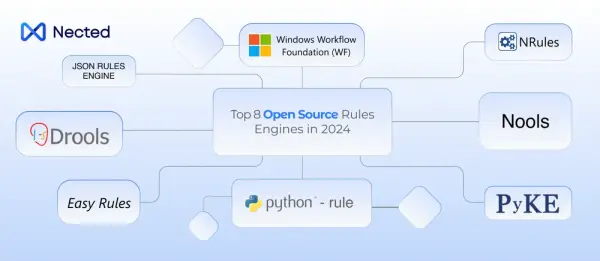




.svg)


.png)

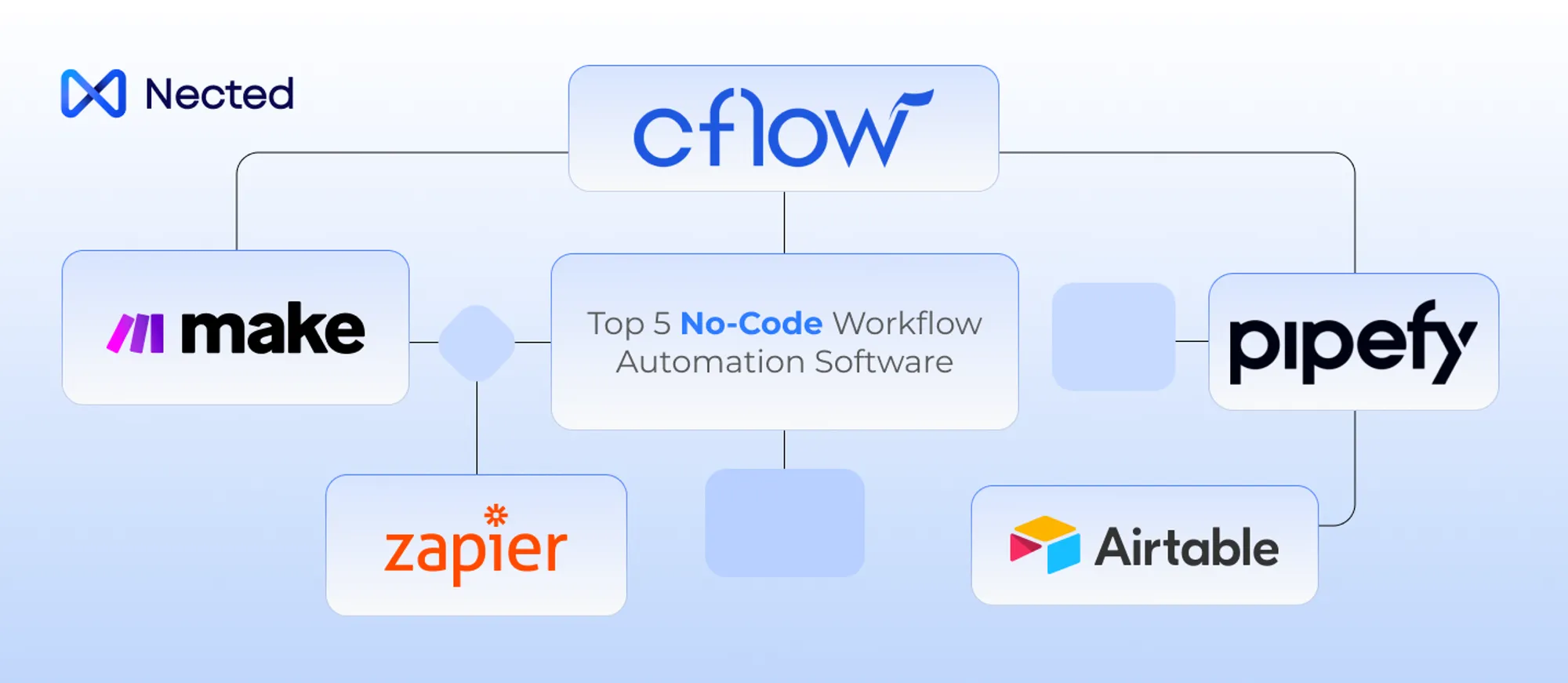

.webp)
.webp)

.webp)
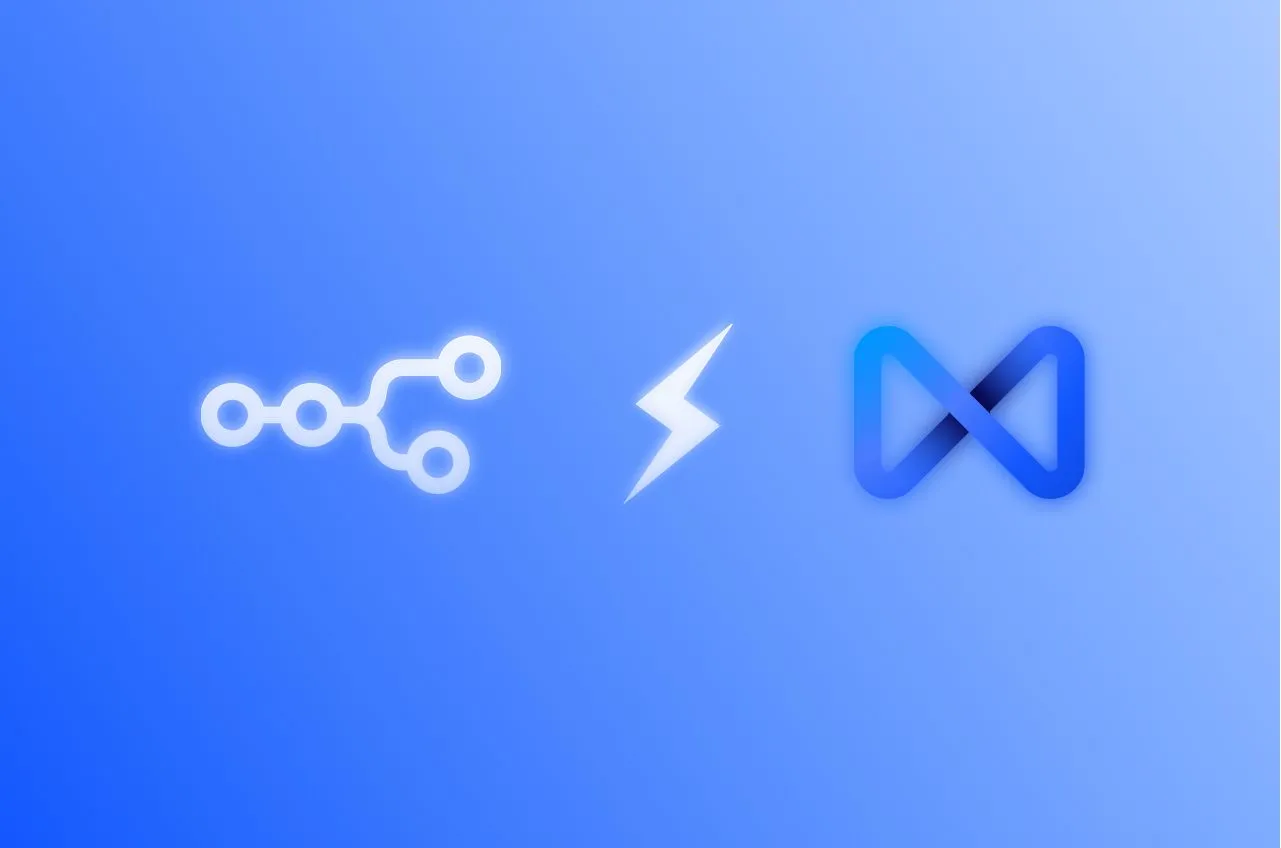

.svg)
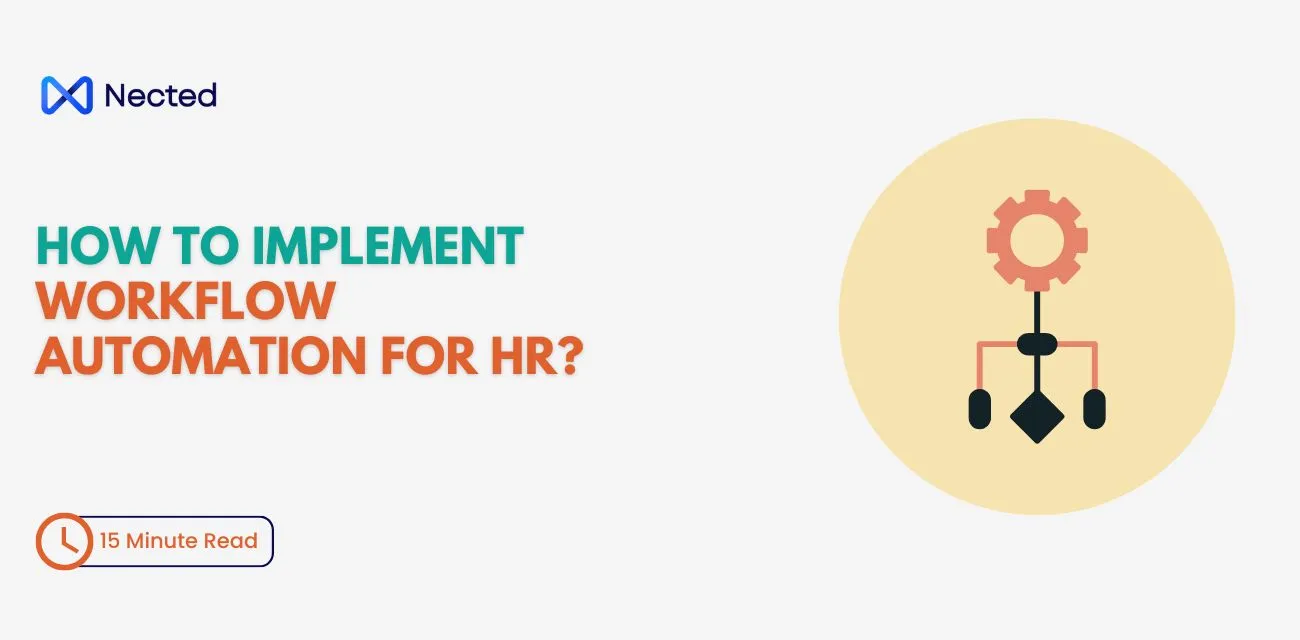
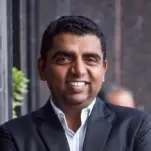



.webp)
.svg.webp)


.png)
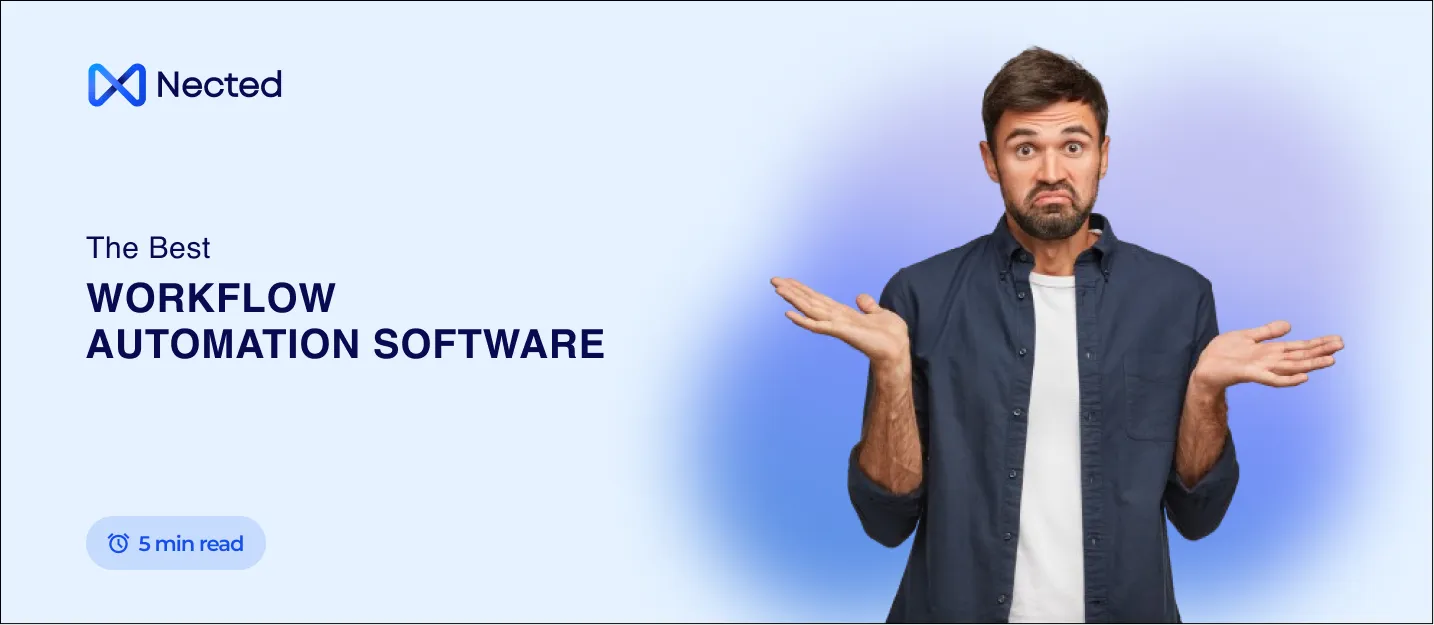
_result.webp)
.webp)

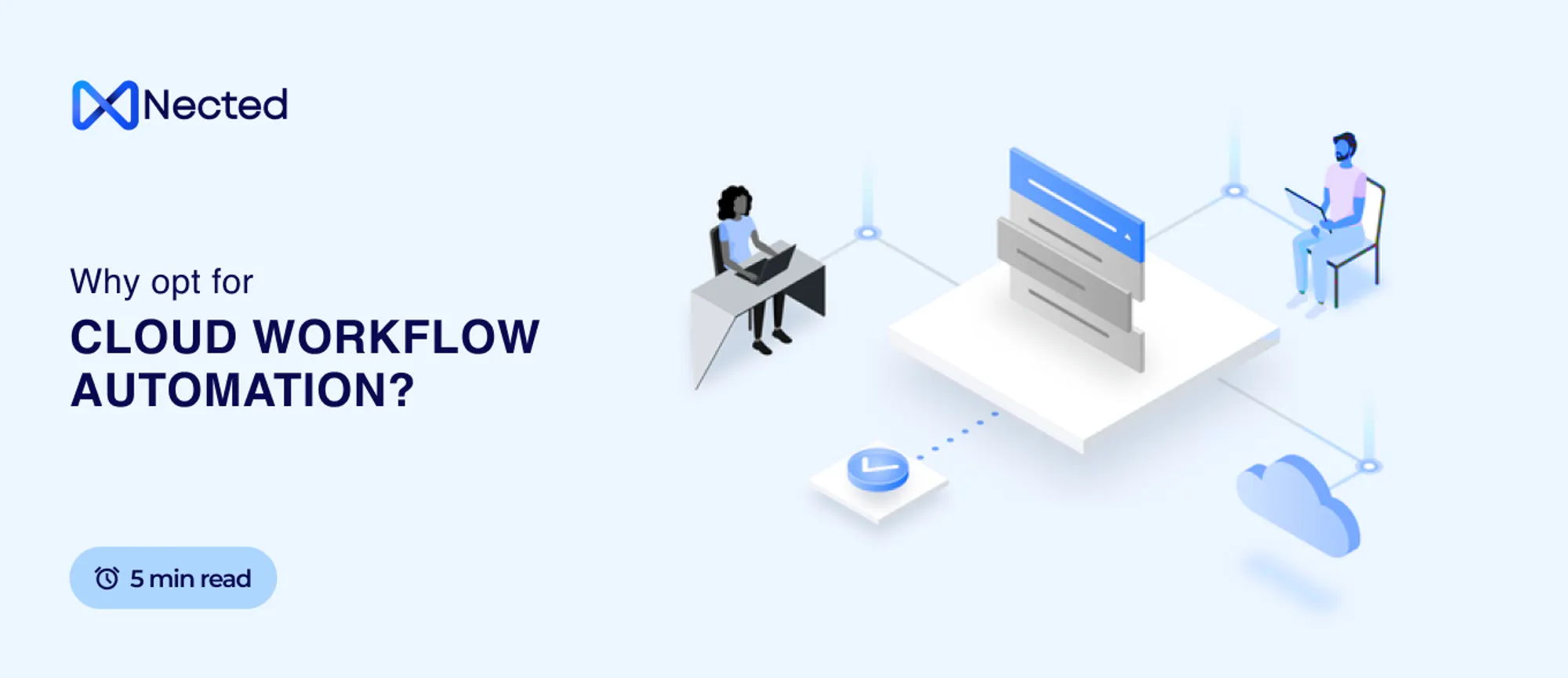

.webp)


%20m.webp)
.webp)
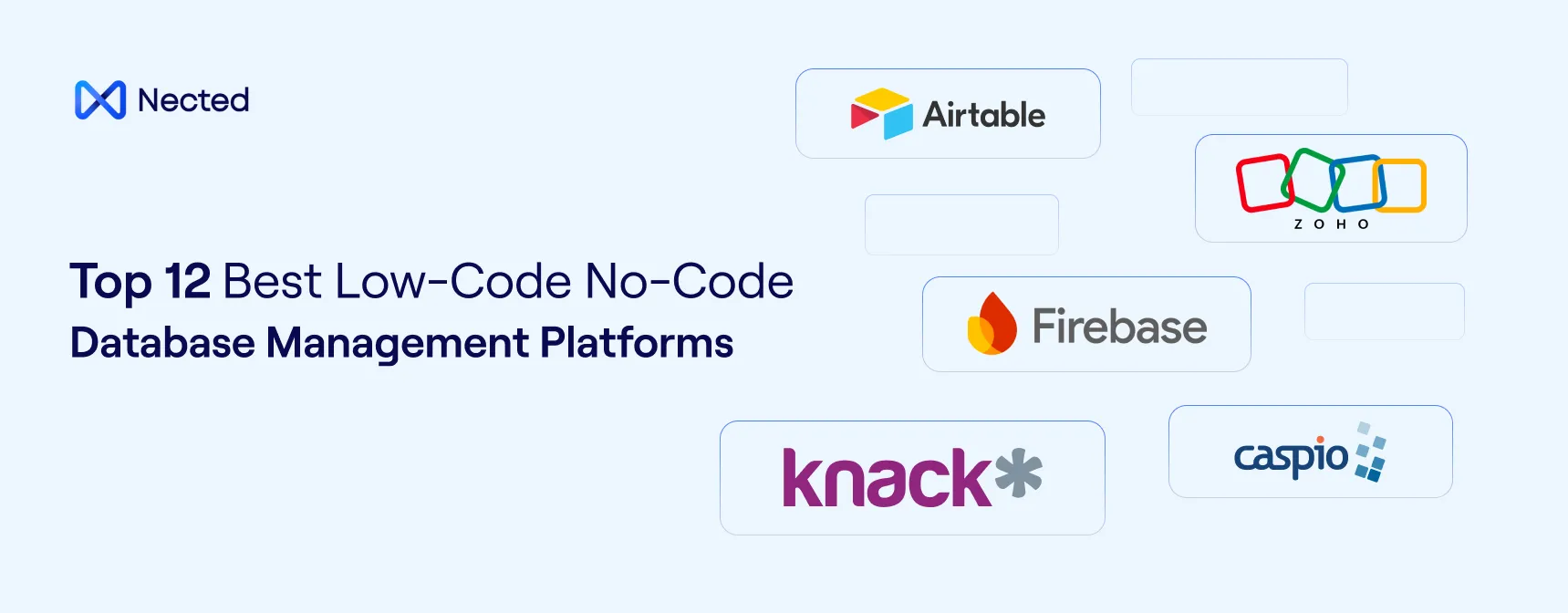
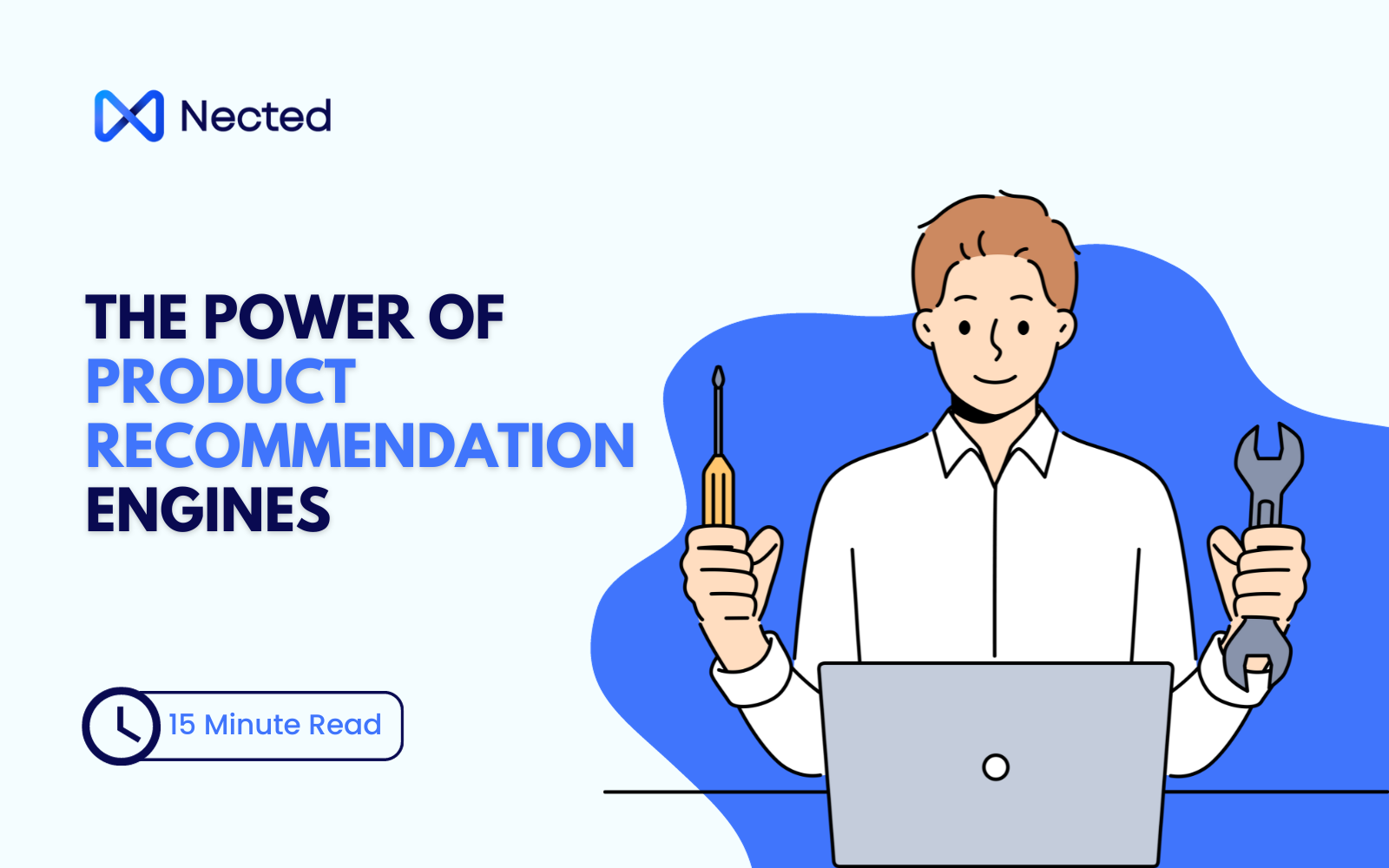
.webp)
.webp)


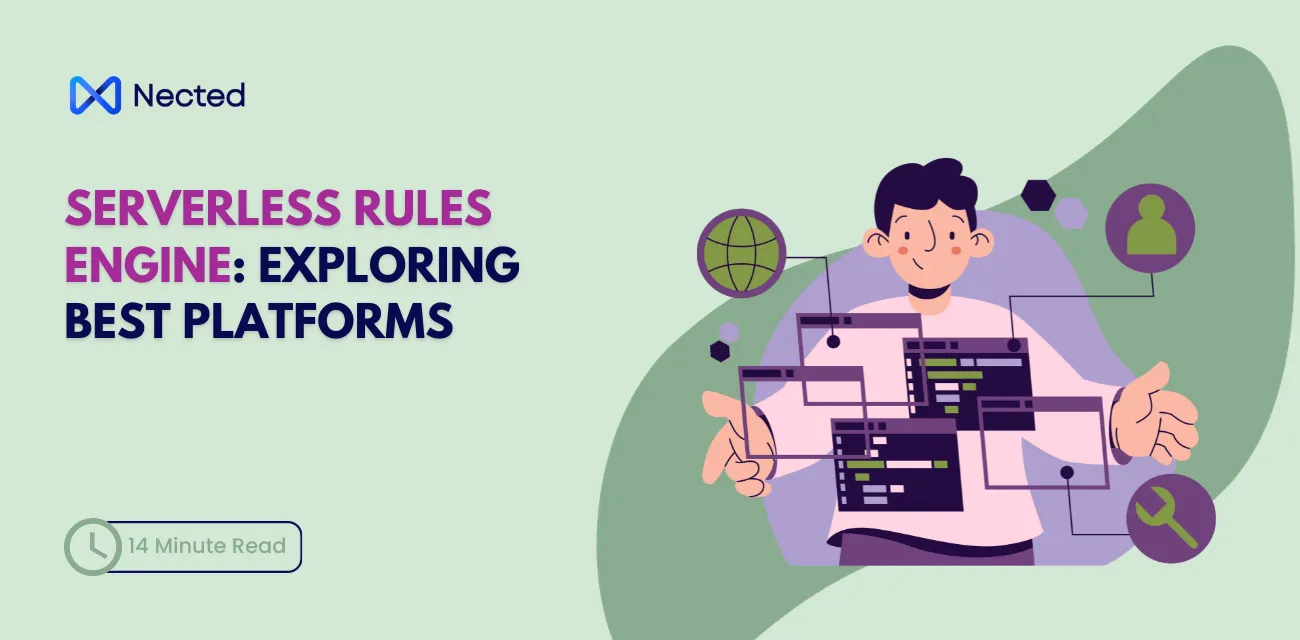



%20(1).webp)
